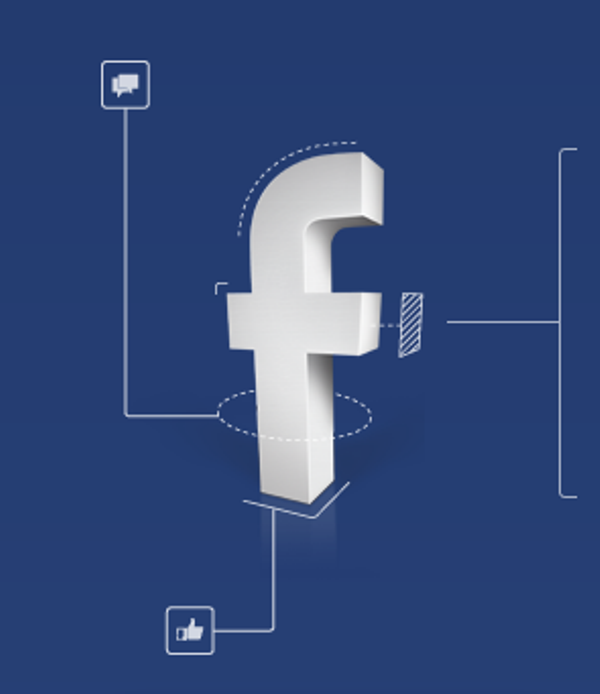It used to be that a brand like Starbucks or Coca-Cola got a huge number of free organic impressions each month in Facebook. Starbucks has about 40MM likes, so if 15% of them see each update and there are 5 updates per week, the math says Starbucks was getting over 100 million brand messages delivered and seen each month practically for free.
Now, with the new Facebook algorithm, the estimate is that this has shrunk to maybe 15 million. If Starbucks wants to get back towards 100 million, they now have to pay to boost their posts…at about a $5 CPM (my estimate), this adds up to a lot of money for what was once free.
Is the bloom off the rose? No…Facebook did marketers a big favor.
1. Improving updates in Facebook which were mostly junk
Clients hire me to help develop a new picture of brand success in a paid, owned, earned multi-screen media world. One of the first things I find is that brand page updates from the Facebook page are usually “happy Monday” junk. They are NOT treated like advertising creative supporting a brand strategy, have no call to action, and are not managed as messages intended to benefit brand sales.
Now, few fans will see your updates unless you pay to boost and no one will pay $5 CPM for junk. Each update will now become part of a serious comm and media strategy. Finally.
2. Correcting the idea that your brand’s Facebook page was your owned media micro-site, proposed by Sheryl Sandberg and bought into by many brands, was always nonsense
In a digital age, brands can build their own audiences and no longer have to exclusively rely on media companies. Your brand audience is the most powerful weapon you have to achieve lean and efficient marketing because it generates first party data for targeting messaging in the “highest yield” way possible. Recently, I went to hotels.com to search for a hotel in Paris to stay at. Right after I began the search, I noticed an e-mail from them with discount offers. This is not a coincidence! The e-mail was triggered by the web visit. Of course, I also see behaviorally targeted display ads now.
Facebook pages never delivered these benefits. The fans you amass on your page are important for different reasons. You target ads to them and to their friends because it works…birds of a feather flock together. Also the profiles of fan cultural values and lifestyle interests has huge insights as well as ad targeting value. However, unlike people going to your website and signing up for offers, without oauth permissioning (which does not come just as part of liking a brand), you do not get e-mail addresses or much else that is about the individual fan. The other important point is that a marketer is in control of their own website but never was in control of their Facebook page. It was always Facebook in the driver’s seat regarding terms of service, insights metrics, and newsfeed algorithms.
So building brand audiences is essential for marketing excellence in a digital, social, mobile age but the audiences you build via owned media and the audience you build via Facebook (or other social platforms) do totally different things. Both are needed but have never been interchangeable.
(I’m honored that my essay on this, out of hundreds of submissions, was shortlisted by the judges for this year’s Ad-Map/WARC essay contest on building brands in a digital age.)
3. Bringing the mental model of marketing back to reality
In a paid, owned, earned world, marketers got so infatuated with earned media that they were looking to the day that it would overtake paid media as a source of brand communication. Whenever I tried to quantify this for a client, I never got those numbers. Paid media delivered 70%+ of impressions, and owned media delivered “tymetm with brand” which allows you to form deep engagement. Now, if we quantify “the pie chart” we will see social has become much smaller for most marketers as organic impressions from Facebook have been nearly eliminated. It also has gotten more fragmented. Marketers need to give full attention to Twitter, Pinterest, and Instagram because Facebook has helped marketers to see that each platform now delivers different benefits to the brand-customer relationship.
Facebook has helped Marketers to realize that marketing will always need paid advertising and that is what Facebook is about, offering precision, scale and multiscreen delivery.


Joel – you should have mentioned one of top reasons why anyone “Liked” a Facebook page to begin with… it was to get a coupon (or another freebie.)
After that exchange, nada.
Seriously, you the reader, ask yourself how many brands you actively visit on Facebook.
for some types of brands, you are right and marketers should only promote those posts that bring that type of value. for others, especially media properties like walking dead or american idol, there are other motivations.